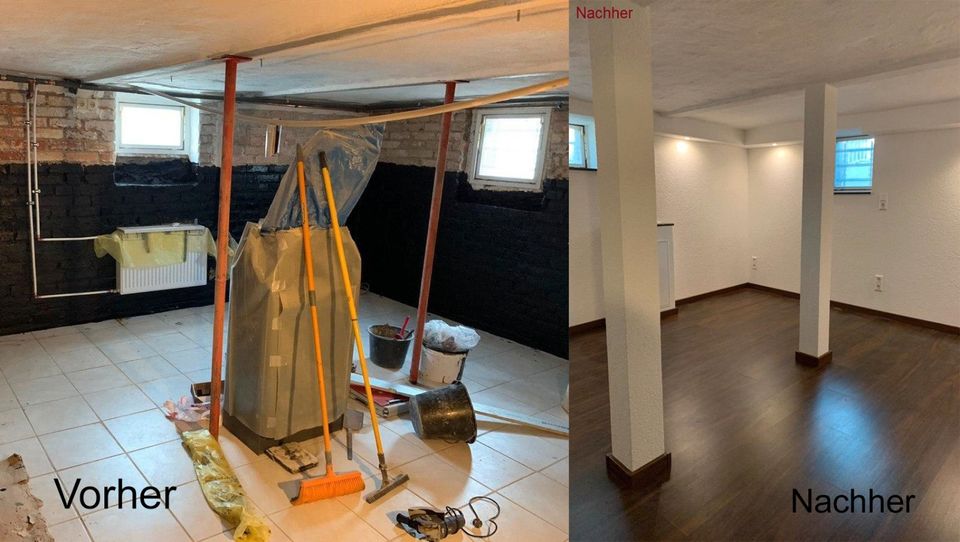Windows are an integral component of architectural design, offering far more than just a view of the outside world. These portals of natural light and ventilation have been a vital element of buildings for centuries, and they continue to play a crucial role in modern architecture. In this article, we will explore the various facets of smart tint from their aesthetic appeal to their functional significance in today’s architectural landscape.
Aesthetic Significance:
Windows are more than mere openings in walls; they are a canvas for architects to express their creative vision. The size, shape, and placement of windows can dramatically impact a building’s exterior appearance. Modern architecture often employs sleek, large, and strategically positioned windows to create a striking visual impact. Whether it’s the minimalist simplicity of a glass curtain wall or the intricate detailing of stained glass, windows are essential for shaping a building’s character and enhancing its aesthetic appeal.
Natural Light and Ventilation:
One of the primary functions of windows is to facilitate the entry of natural light into interior spaces. This not only reduces the need for artificial lighting during the day but also enhances the overall ambiance and well-being of occupants. Modern architectural design places a strong emphasis on maximizing daylighting, utilizing techniques like clerestory windows, skylights, and expansive floor-to-ceiling glass walls to flood interiors with sunlight.
In addition to light, windows provide a means for natural ventilation, which is essential for maintaining a healthy and energy-efficient indoor environment. Properly designed windows can facilitate the flow of fresh air, reducing the reliance on mechanical HVAC systems and lowering energy consumption, thus contributing to sustainable building practices.



